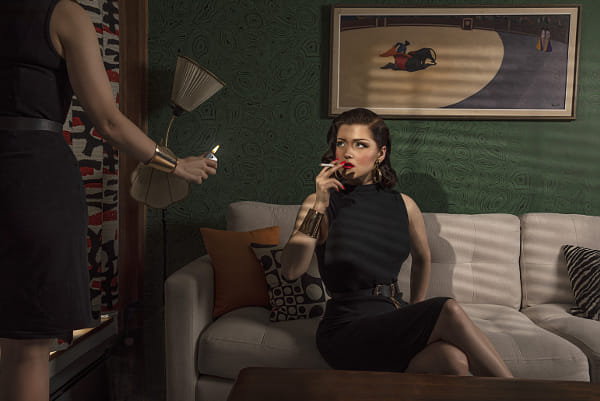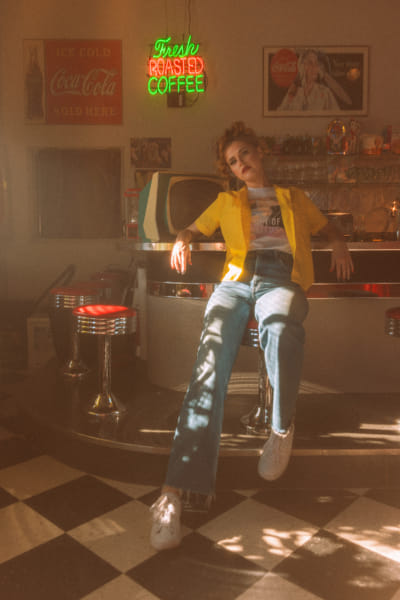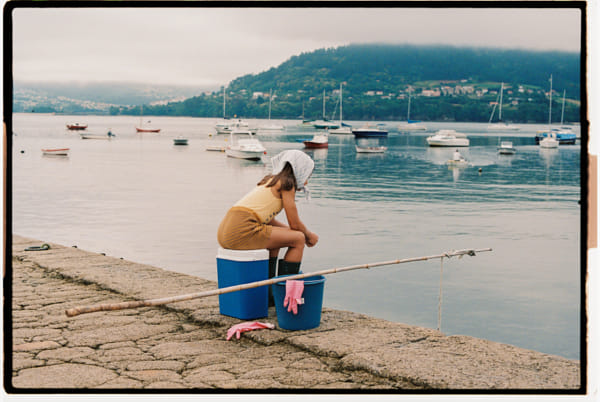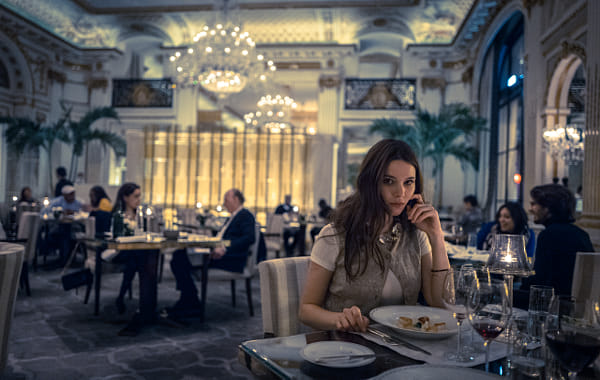Retro and vintage photography is making a major comeback as photographers embrace the charm of timeless aesthetics. This style combines nostalgic elements with modern techniques, offering endless creative opportunities to evoke emotion and storytelling in your images. Whether you’re drawn to film photography or want to replicate vintage vibes digitally, here’s how to master this enduring trend in 2025.
Understanding retro and vintage aesthetics
Retro and vintage photography is all about capturing the look and feel of a bygone era. This can include the use of muted tones, grainy textures, and classic compositions to create a sense of nostalgia.
Choosing the right subject
Select subjects that naturally evoke a vintage feel, such as old architecture, vintage cars, or timeless fashion. Pairing these subjects with era-appropriate props, like rotary phones or analog cameras, adds an authentic touch to your composition.
Leveraging natural light
Natural light plays a crucial role in achieving a vintage aesthetic. Soft, diffused lighting, such as the kind found during golden hour or on overcast days, can help mimic the feel of classic film photography.
Techniques for achieving a retro look
Bringing retro vibes to your photography doesn’t require a full switch to analog gear—though shooting with film is a fantastic way to achieve an authentic vintage look. Digital photographers can also replicate this style with a few key techniques.
Film photography
If you’re venturing into film photography, choose a camera that matches the era you want to emulate. Experiment with expired film for unpredictable, nostalgic results, or opt for color-negative film for a softer, muted look.
Digital replication
Digital cameras allow you to replicate vintage styles with more control. Adjust your settings to prioritize softer contrasts and lower saturation. Use in-camera filters or presets designed to mimic classic film stocks like Kodak Portra or Fujifilm Superia. This allows you to experiment with a retro aesthetic while maintaining the flexibility of digital editing.
Composition tips for retro photography
The composition is key to reinforcing a vintage feel. Pay attention to the framing, subject placement, and overall scene balance.
Symmetry and simplicity
Retro photography often leans on symmetry and clean lines, which reflect the classic, minimalist styles of earlier decades. Frame your subject using leading lines or natural shapes to guide the viewer’s eye.
Layering for depth
Add layers to your photos by including foreground elements like curtains, plants, or reflections. These details create depth and lend a cinematic feel to your images.
Adding texture and grain
A hallmark of vintage photography is the texture and grain inherent to film. To mimic this digitally, consider these approaches.
Shooting at high ISO
Use a higher ISO setting to introduce natural-looking grain, especially in low-light conditions. Modern cameras allow for precise control over noise levels, so experiment with how much grain suits your composition.
Post-processing
Apply film grain effects during editing to replicate the look of analog film. Subtle texture adjustments, like adding scratches or vignettes, can further enhance the vintage vibe. Avoid over-editing, as this can detract from the authenticity of the style.
Capturing timeless emotions
Retro photography thrives on storytelling. Convey timeless emotions by focusing on candid moments, intimate portraits, or nostalgic themes. The goal is to transport viewers back in time through both the subject and the mood of your images.
Additional tips for retro and vintage photography
- Explore black-and-white: Monochrome images are inherently timeless and can enhance the nostalgic quality of your photos.
- Use vintage lenses: Pair your digital camera with vintage lenses for unique characteristics, such as soft focus or natural lens flares.
- Keep an eye on wardrobe: If photographing people, suggest era-appropriate outfits to reinforce the vintage narrative.
Retro and vintage photography taps into universal feelings of nostalgia and familiarity, making it an evergreen trend. Whether you’re shooting film or working digitally, the key to success lies in your attention to detail, composition, and ability to evoke emotion. Use these techniques to give your photos a timeless quality that resonates in 2025 and beyond.
Not on 500px yet? Sign up here to explore more impactful photography.













Leave a reply